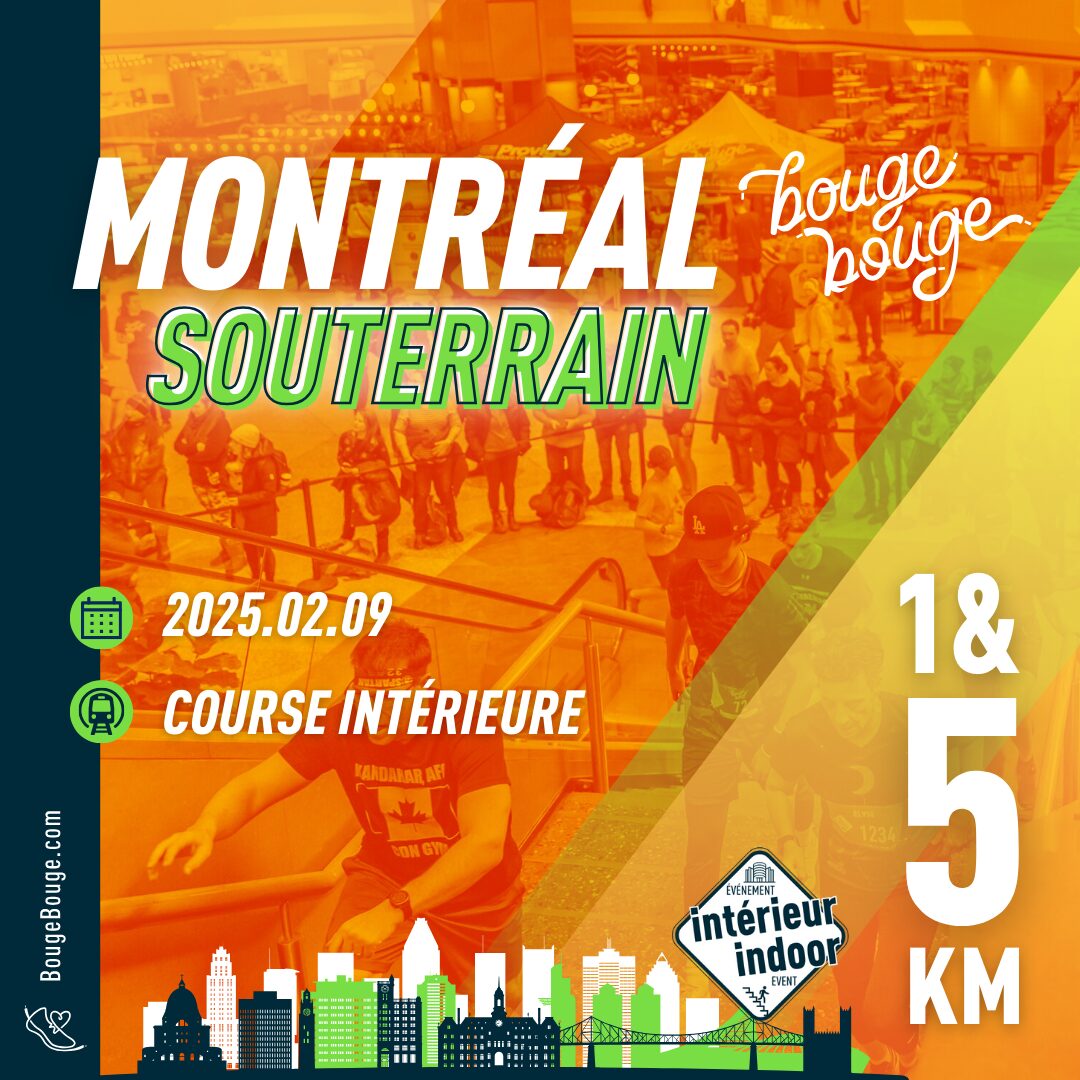The history of ice skating
Ice skating is now a universal activity, practised for leisure, sport and art. Yet few people are aware of the fascinating origins of this discipline, which go back thousands of years.
Born of a practical need to move around on frozen surfaces, ice skating has evolved into a true expression of creativity and sporting performance.
But how did this rudimentary tool evolve from animal bones to steel blades, and from frozen lakes to Olympic competitions? Let’s discover together the milestones in the history of ice skating, exploring its etymology, the evolution of its equipment and its transformation into a recognized sporting discipline.
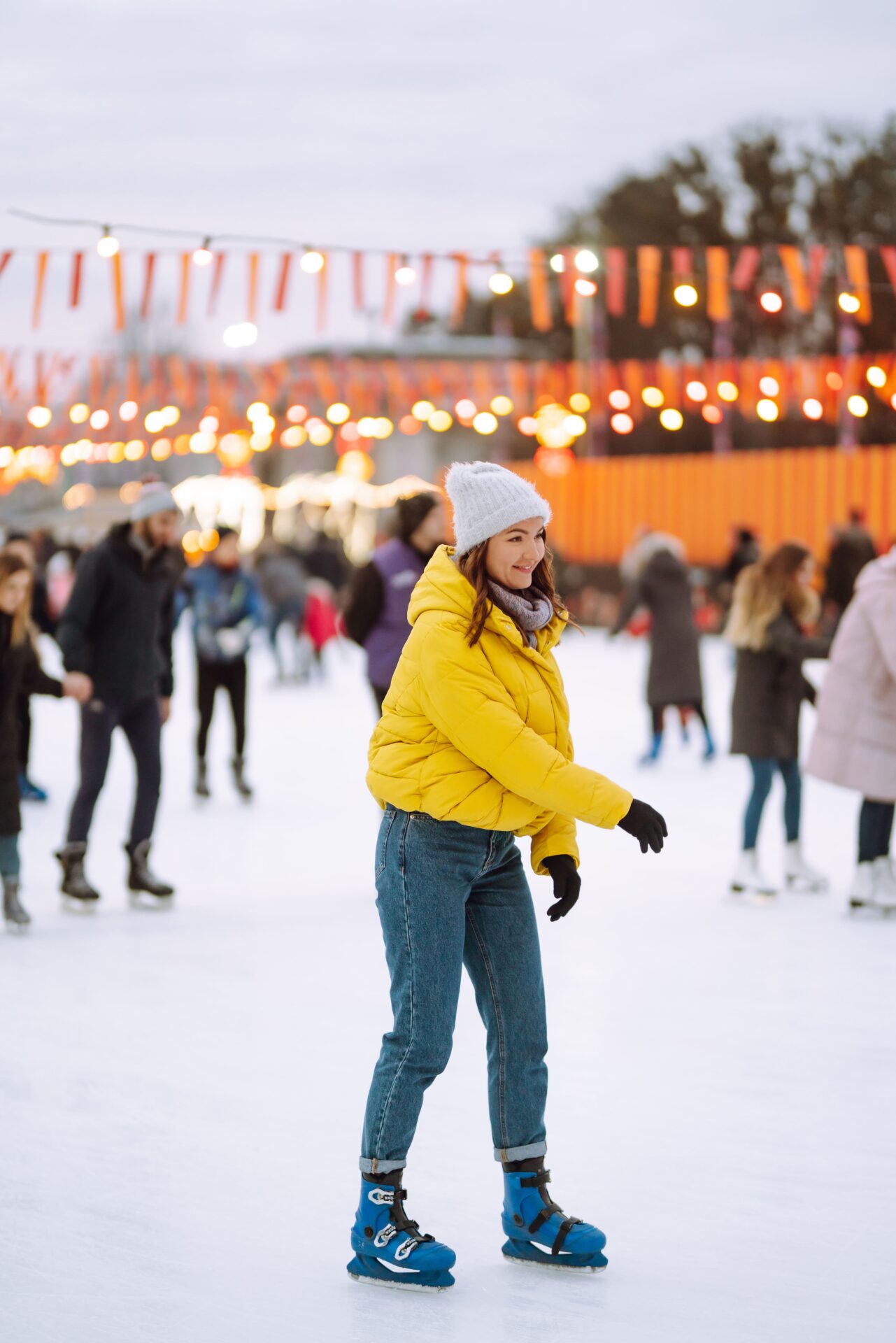
The origins of ice skating
The first traces of ice skates date back to around 3,000 BC. Archaeological digs in Finland and Switzerland have uncovered skates made from ox or horse bone, with holes at each end to be attached to shoes with leather straps.
These rudimentary devices enabled the inhabitants of northern regions to move more easily on frozen surfaces, facilitating hunting and winter travel.
Etymology of ice skating
Historically, the word “skate” appeared as early as the XIIIᵉ century to designate a shoe with a thick sole, used in particular to protect against moisture or mud. Over time, the term evolved to encompass various objects that facilitate gliding, such as ice or roller skates.
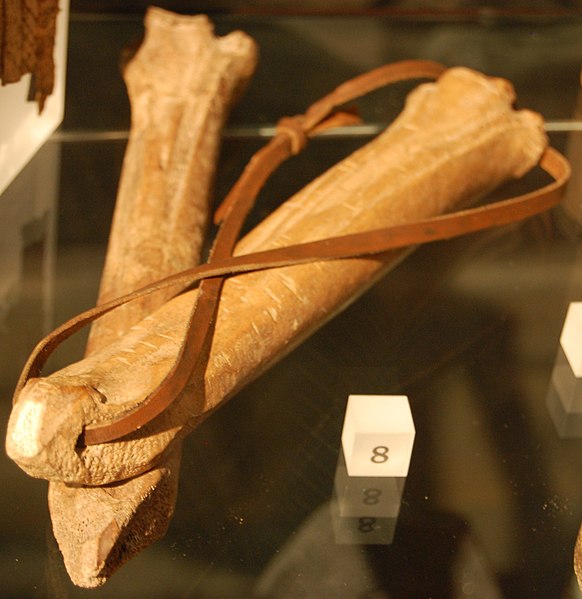
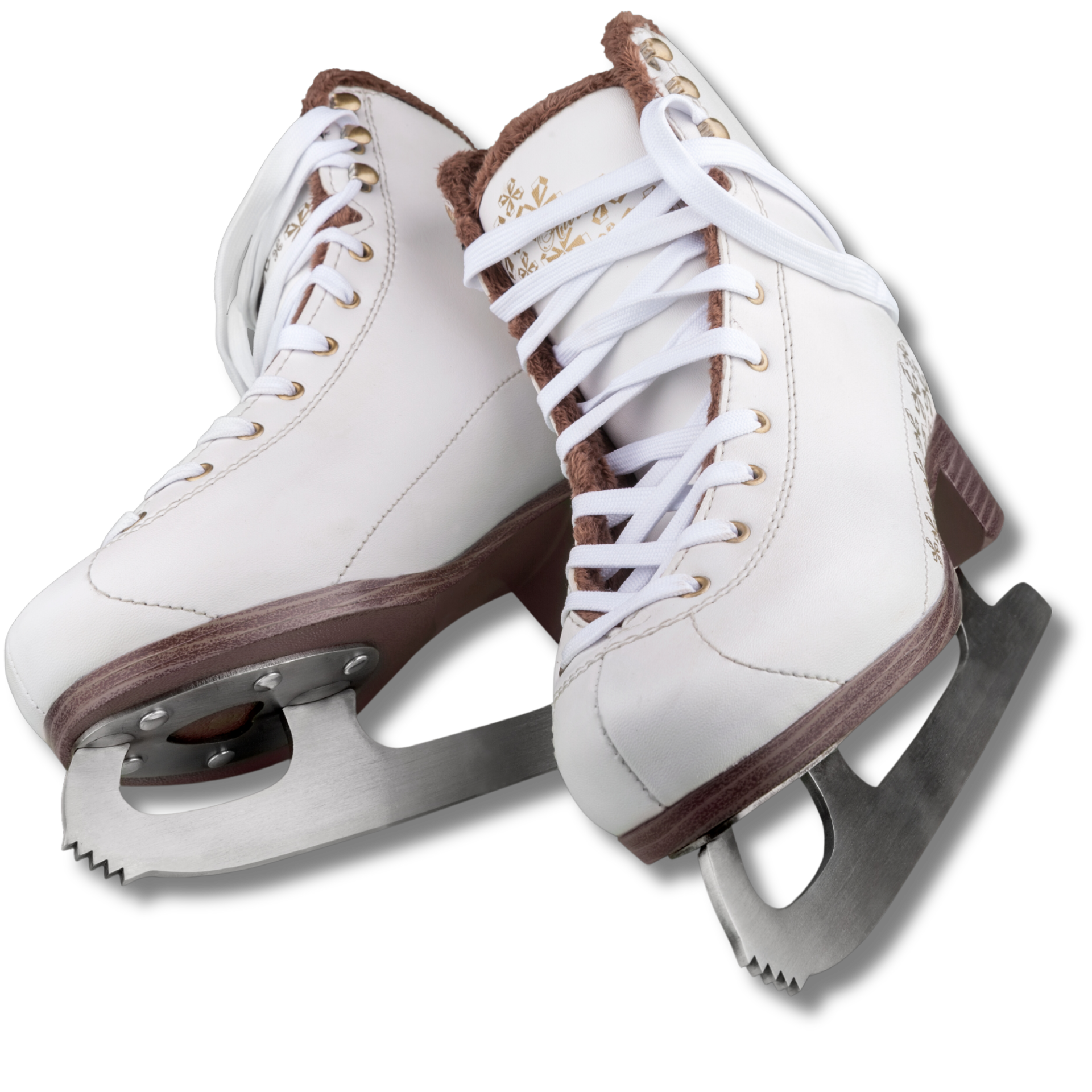
The evolution of equipment: from bones to steel blades
Although the first bone skates were rudimentary, they rapidly evolved over the centuries to meet ever more diverse needs. As early as the Middle Ages, particularly in the Netherlands, bones were replaced by wooden skates fitted with iron blades. These blades considerably improved gliding, enabling skaters to move more easily and maneuver more precisely. These advances were not just technical; they helped transform skating into a recreational, even artistic activity.
It was in the 19th century that ice skates took a major step forward, with the invention of the first steel blades by E.W. Bushnell in 1848. These blades, more resistant and better adapted to gliding, enabled better maneuverability and paved the way for more complex and dynamic movements.
Coupled with specially designed shoes, these innovations opened the way to demanding sporting and artistic practices, laying the foundations for skating as we know it today.
Means of Transportation to Olympic Competitions
What was once a simple means of transport has evolved into a collective passion. As far back as the Middle Ages, the inhabitants of the Nordic regions and the Netherlands took advantage of the frozen canals to indulge in the joys of skating. These winter gatherings combined friendly competition, festivities and the pleasure of gliding, marking the entry of skating into the sphere of leisure.
Skating took on a new dimension in the 19th century. Jackson Haines, an American ballet dancer, introduced choreographic and artistic movements, giving rise to modern figure skating. At the same time, speed skating and ice hockey developed, attracting an ever-widening audience.
This rise culminated in 1924 with the first Winter Olympic Games in Chamonix, where figure skating was one of the inaugural disciplines. Since then, skating has become a must, whether it’s the grace of artistic figures, the adrenalin of speed races or the intensity of field hockey matches.
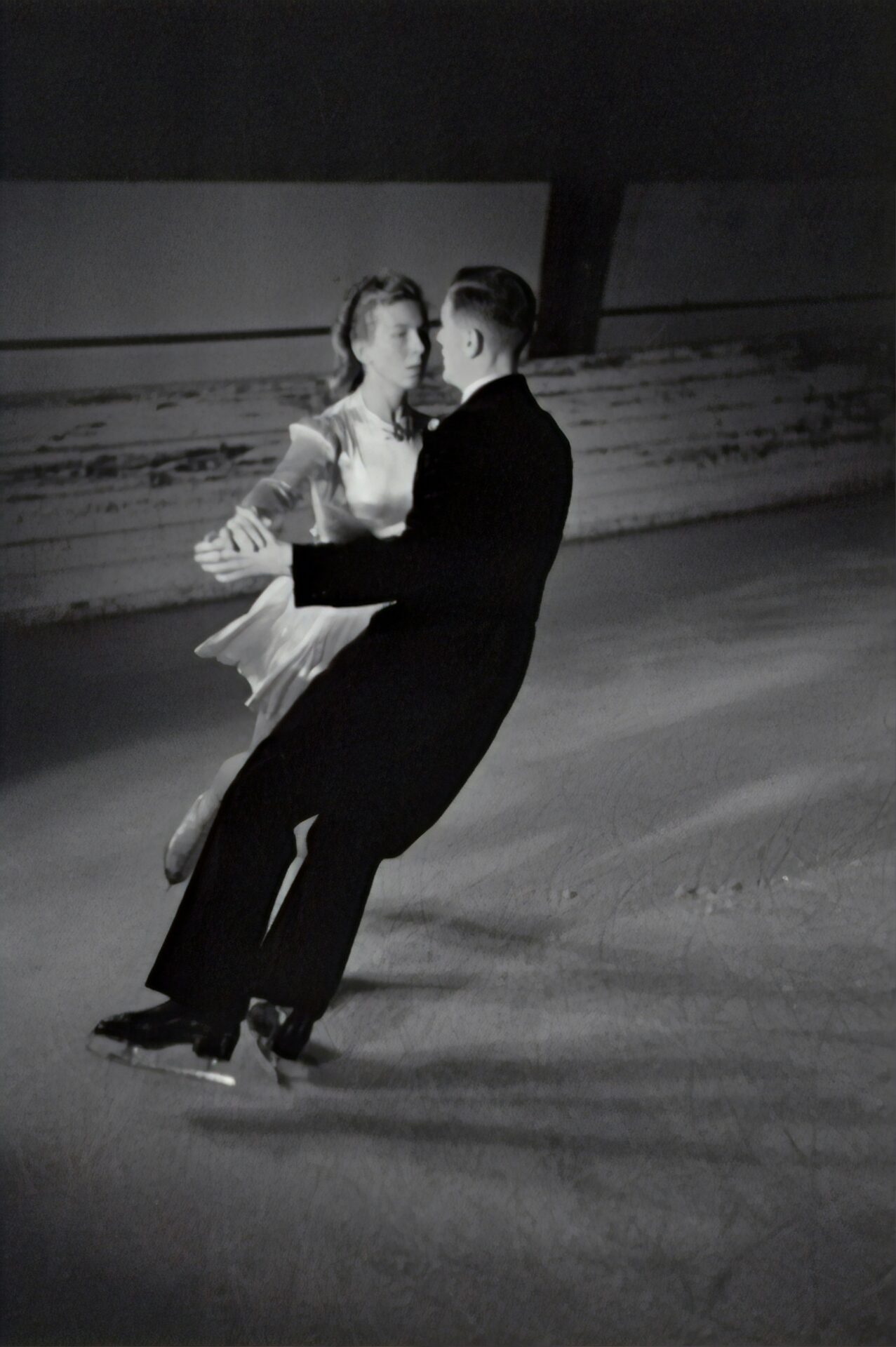
In brief
Ice skating, born of a practical need, has evolved into a universal art and sport. From animal bones to steel blades, its history bears witness to constant evolution. Today, it embodies both tradition and modernity, between performance and leisure. So, are you ready to slide with style… or fall with grace?
And if you want to discover more sports stories, don’t hesitate to have a look at the other articles available on the website.
You can also follow us on our social networks!
And to book your next BougeBouge race, go HERE.

